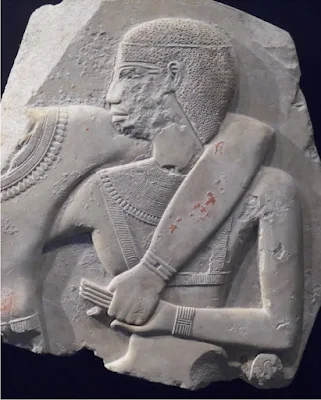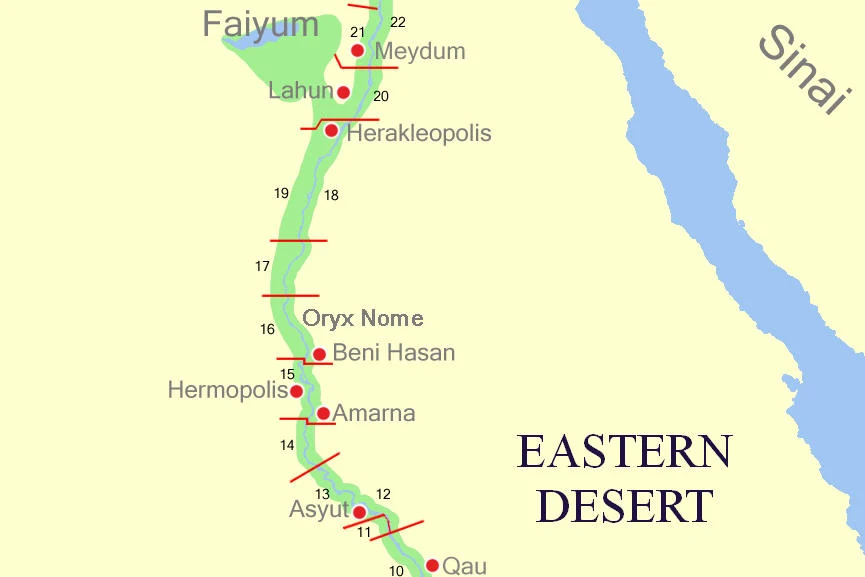
beginning of the recording of ancient Egyptian civilization
The detailed monuments that would be used in the publications were effective when the hieroglyphics were deciphered the monuments were surveyed the inscriptions were further studied the language was deciphered and the inscriptions were read The scholar stayed in Egypt for seventeen months The data and the portfolio of drawings formed the basis of the travelogue Monuments de l Egypte et de la Nubie The comprehensive expedition had a profound and influential influence on the European understanding of ancient Egyptian civilization and the development of Egyptology. The most important achievement was the publication of the 19-volume data the Description de l Egypte and the most famous record Voyage dans la Basse et la Haute Égypte 1802 written by Vivant Denon 1747–1825
Egyptologist Carl Richard Lepsius 1810–1884 explored the pyramid sites at Giza to Fayum a city in Egypt a necropolis in Middle Egypt and the Nile finally through Nubia to Napata located about 1.5 kilometers and Merovi a pyramid complex of the Kingdom of Kush on the return journey Inscriptions left by workers sent to work at the ancient copper mines monuments and a large collection of objects were discovered to enrich the museum's collection Much of the information that had been lost was later discovered in 1835 about the area with new information gained from excavations there The first comprehensive map of the area was published and The Manners and Customs of the Ancient Egyptians is a general account considered the first serious study Wilkinson's own drawings derived from records of Egyptian civilization in terms of arts and crafts the study of daily life society and religion
Vivant Denon / Dominique Vivant Denon (1747-1825) Replacing the bones of Le Cid in his Tomb
And preserved information about the monuments These expeditions promoted the development of Egyptology Not to mention objects such as tools weapons pottery more detailed inscriptions of different places with various types of antiquities monumental scenes and inscriptions of all important places that Egyptologists explored Egyptian monuments Expeditions led by the commissions of Napoleon Champollion Rosellini and Lepsius The importance of the manuscripts the study of the language and history the religion of ancient Egypt The comprehensive expedition had a profound and lasting influence Natural history and many antiquities including the Rosetta Stone French and English as part of the spoils of war The first major inscriptional expedition on Egypt was set up to accompany Napoleon as he attempted to conquer the country collecting cultural and technological information that would help Napoleon establish and rule Egypt He spent three years there to map the land and collect information on plants
The first traveler and scholar to travel to Egypt in the 19th century to collect texts for translation was William John 1786–1855 He traveled to Egypt Nubia and Syria in 1818–1819 He traveled south to Abu Simbel. He drew temples and copied inscriptions The obelisk was removed from Philae and moved to his home grounds at Kingston Lacy in England. One of the first independent collectors of information Sir John Gardner Wilkinson 1797–1875 began to study Egyptian and visited Egypt for the first time
He explored the different major inscriptions by traveling to Nubia including the main Pharaonic sites One of the most important works with the excavations at Thebes explored the area as comprehensively as possible beginning to record it Visited sites especially in Middle Egypt which had not been recorded before. He preserved details and information The paintings in the non-royal tombs excavated in the work are unique The paintings are accurate reproductions of the tomb walls and paintings Egyptian religious art isCultural changes began to change and were determined Egypt turned its attention to new forms of art and architecture and medieval
Cairo became the center of excellence in the world Interest in Egypt's past declined and the indigenous population knew little about the ancestors and history of the pharaohs When knowledge of hieroglyphics disappeared it was not possible to turn its attention to information from ancient Egyptian inscriptions Travelers to Egypt at that time considered the monuments of the pharaohs to be valuable treasures In the search for treasures and monuments many were put to other uses A large amount of limestone from the Giza pyramids was dismantled and taken to Cairo and incorporated into the buildings that were being built in the new medieval capital Writings were not translated There was little literary record of Egypt.
Some records of the Holy Land sought Christian sites and other pharaonic monuments that were directly related to the biblical records. Records of medieval Egypt also disappeared and the Crusades ended Most travel to the Middle East ceased Egyptian cultural and literary records had no influence but the Great Sphinx remained intact and the Great Pyramid and other sites were reinterpreted as biblical monuments revitalizing religious attitudes. When the Crusades ended he began to travel to the area again and interest in Egypt began to revive and travel books began to appear more and more


.jpg)







